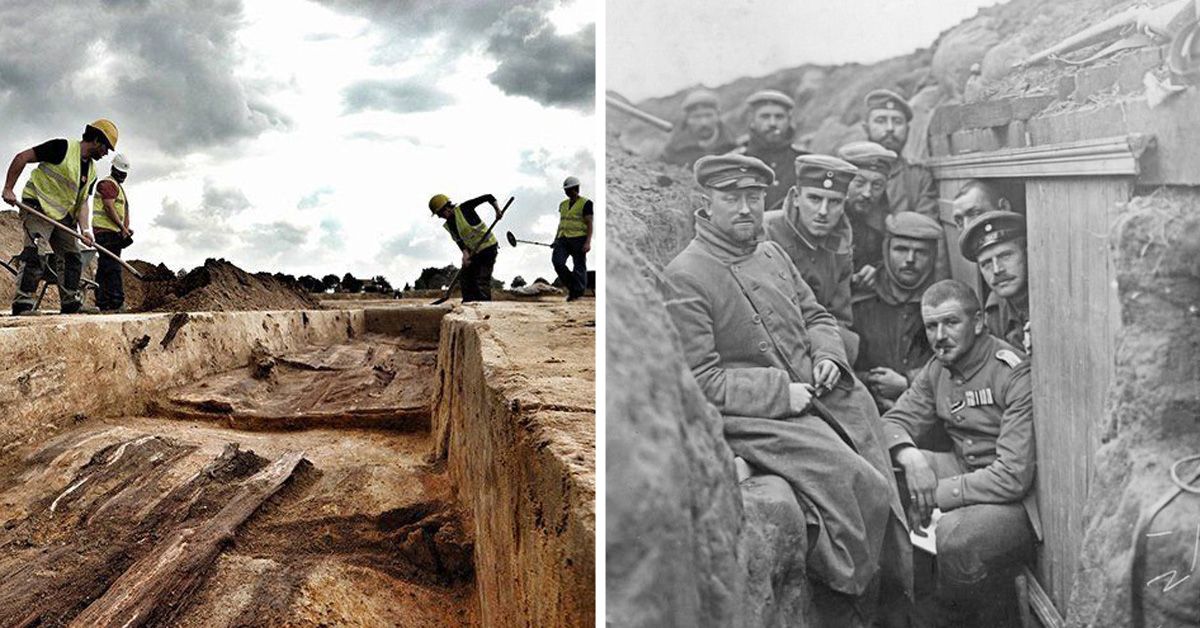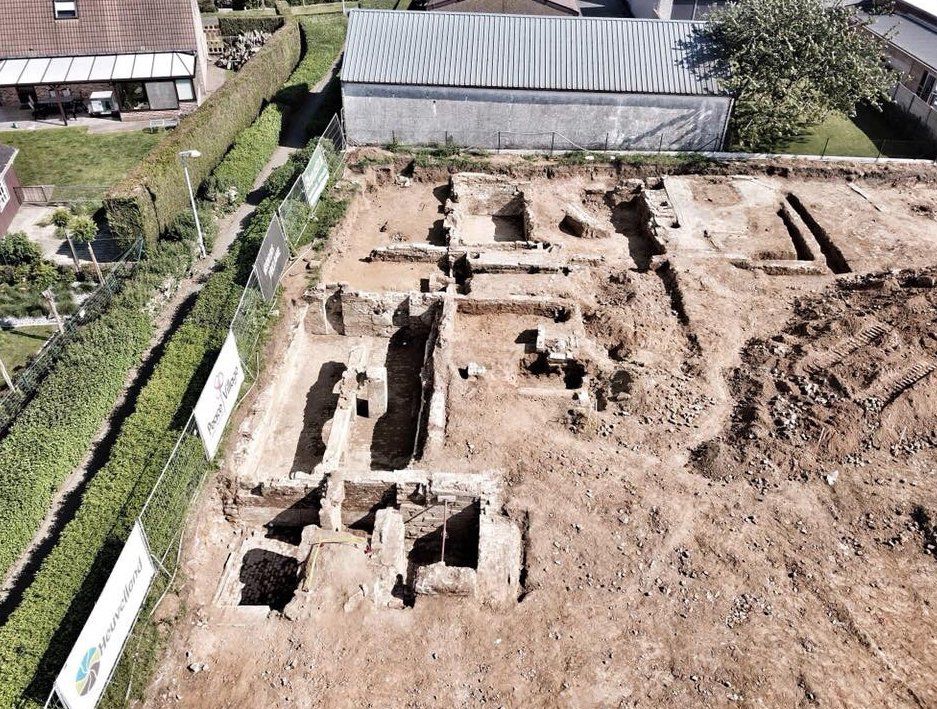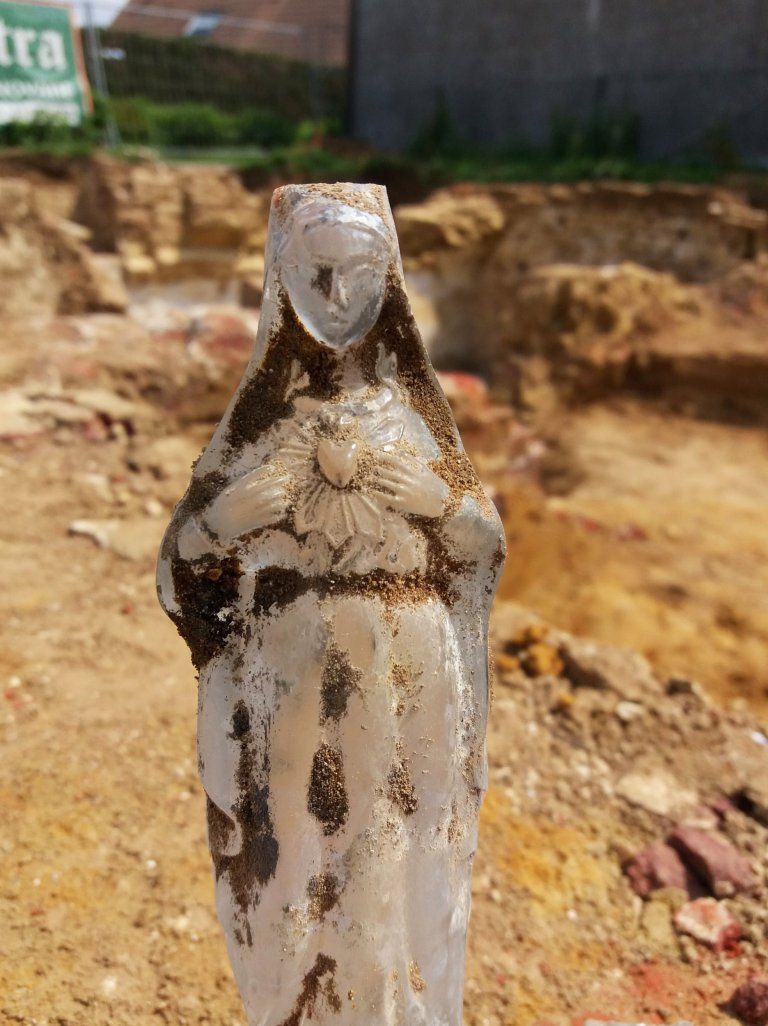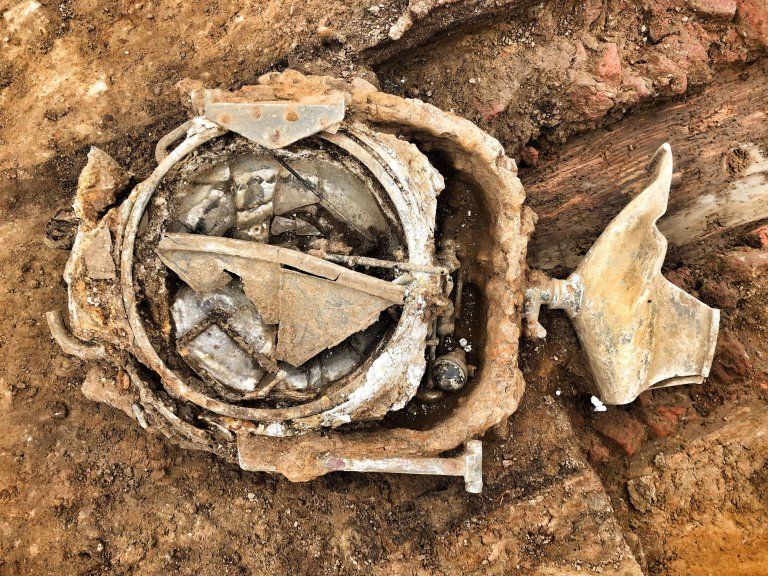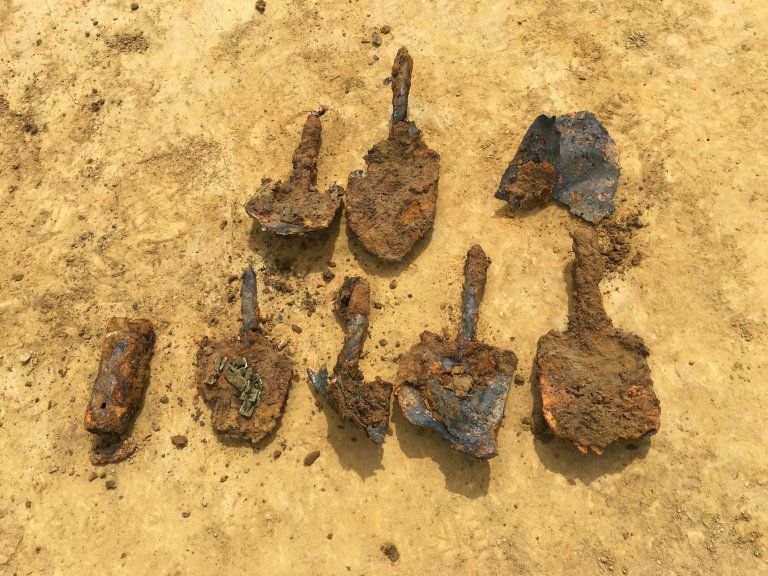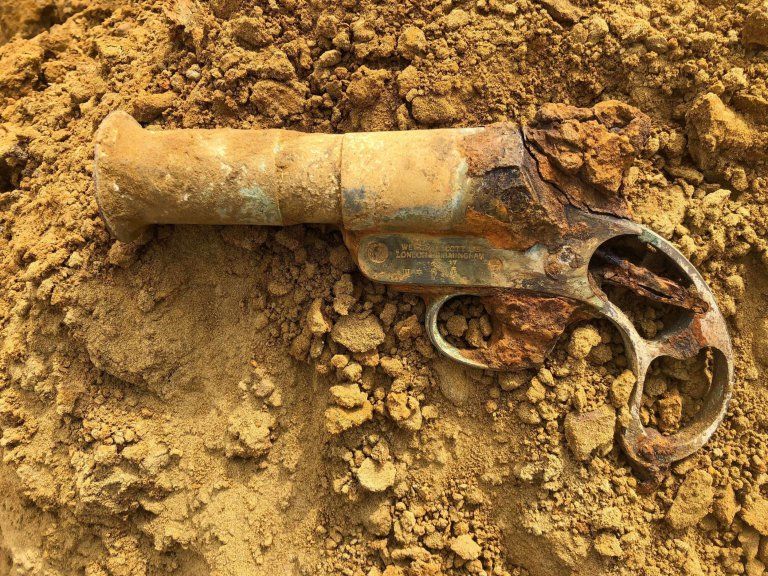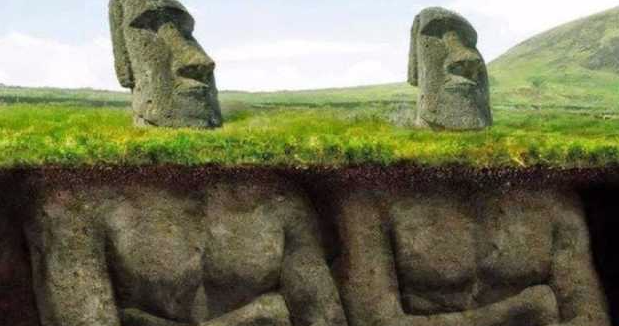CORRECTION: An earlier version of this article said a statue of Mary Magdalene was found, however it was actually a statue of the Virgin Mary.
World War One was one of the deadliest conflicts in human history. There were more than 41 million casualties, and it will never be forgotten.
Although a great deal of the fallen soldiers were properly buried in fitting cemeteries and memorials, some bodies weren't laid to rest like they deserved.
But that doesn't mean their allies didn't do the best they could when they had to remove the bodies under the horrific circumstances made by the war.
While not all of the bodies lost to WW1 have been found, archeologists have discovered 125 First World War soldiers' remains entombed in a German trench for 101 years.
The Trench
Archeologists had discovered the perfectly preserved remains of the men - who were primarily German, British, French and South African descent - in a trench on top of a hill in the city of Ypres in Flanders, Belgium alongside religious artifacts, such as crucifixes, rosary beads and a statue of the Immaculate Heart of Mary in a space the size of two football fields.
Other relics that were found include helmets, rifles, ammunition, search lights, water bottles, cooking utensils, coffee pots, watches, cap badges, toothbrushes, a bottle of HP sauce, and a tin of Andrews Liver Salts.
Experts say the mass grave has bodies of soldiers from as young as 15, and they were either killed by gunshot wounds or shell fire during the First Battle of Ypres in November 1914.
The remnants were found in 2015 before the construction of a housing development was about to take place on the lot.
Professor Peter Doyle is the lead archaeologist for the project Dig Hill 80, and said the international excavation's primary focus is on on "education, peace and ultimately reconciliation."
"The school groups that have visited have observed what we have excavated and have been able to make the connection between the youth that lie in the ground to the youth stood on top of it today," Doyle explained.
"When you look at these mass graves and think of these young men, you know they had a mother and father who missed them. Yet they have never been given peace. Now everyone of these men have the chance of being taken from this site and given a respectful burial with full military honours."
The Excavation Process
After the project gained funding, Doyle said it was crucial to excavate everything in the trench and bomb craters as soon as possible in order for the original construction plans to begin.
He said the team first removed the top soil to see what laid underneath it before making sure they didn't leave anything behind. They then mapped, photographed and catalogued all of the remains and the accompanying objects.
"We are looking at 125 soldiers and the vast majority of them are German," he said. "To put it into context, an average of 10 bodies a year are usually found in the area of Ypres. Some of these German soldiers killed in action were dragged into this mass grave and buried by their comrades while they fought to hold the line."
Doyle further explained that while not all of the men's uniform fabric has been preserved, their skeletal remains have - despite the shell fire that occurred.
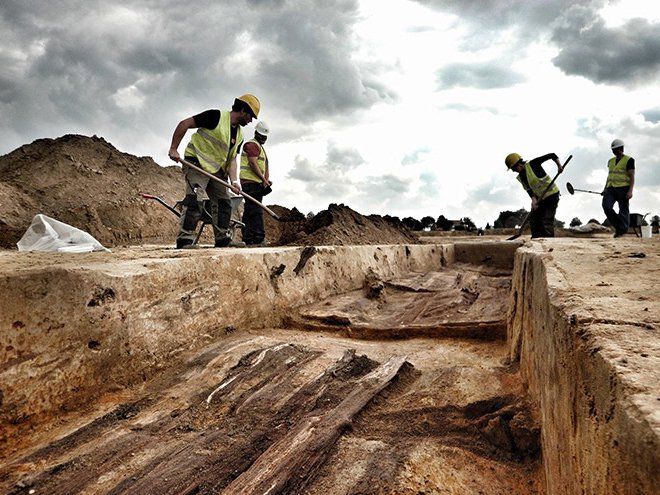
"The men were buried in uniforms and with their helmets. Not a lot of the uniform fabric has preserved, just fabric around the buttons. But the skeletal remains have been preserved in tact. By looking at them you can tell they are young men."
"We have casualties who were killed and left in that position where the ground around them has been pulverized by shell fire, we are looking at fragments of soldiers. It brings home the sheer intensity of the shell fire," the professor continued.
"But something really striking about this site is that you have perfectly-kept gardens and 21st century life right next to these mass grave and hell on earth."
This is truly an incredible find and I wonder what archeologists will dig up next!
For more unearthed historical finds, check out these intriguing reads:
- Enormous And Mysterious Black Tomb Unearthed In Egypt
- They Found A 240-Year-Old Message Inside The Butt Of A Jesus Statue
- Mysterious 'Devil' Coin Found In Church Unlocks The Truth About Unknown 'Cult'
[H/T: Daily Metro]
